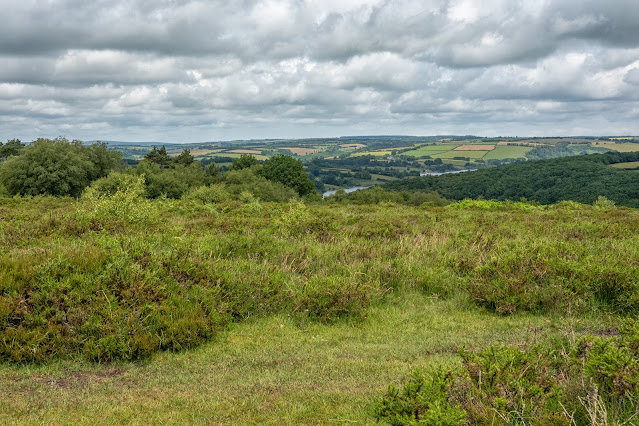Exmoor - Watchet and Clifton Suspension bridge

Our last day and the start of our drive home, I have included together. We decided to visit Haddon Hill on our last day on Exmoor. As one of the higher points in the southwest of Exmoor National Park, overlooking Wimbleball Reservoir. Haddon Hill provides an accessible way to experience Exmoor's wide-open moorlands. It is a wonderful place to see the herd of free roaming Exmoor Ponies that live here. The heather and gorse provide a habitat for many species of insect and during the summer, including the rare heath fritillary. With the possibility of seeing this particular butterfly, this was our first stop. We set out on the most obvious trail, and yes, there were the ponies - which kindly moved out of the way! Apart from that, the walk was somewhat of a disappointment, for the heather and gorse - not a flower in sight and obviously not a butterfly either. A pleasant walk looking across the moorland down toward the reservoir but otherwise not what we had hoped for. As there was no p...



